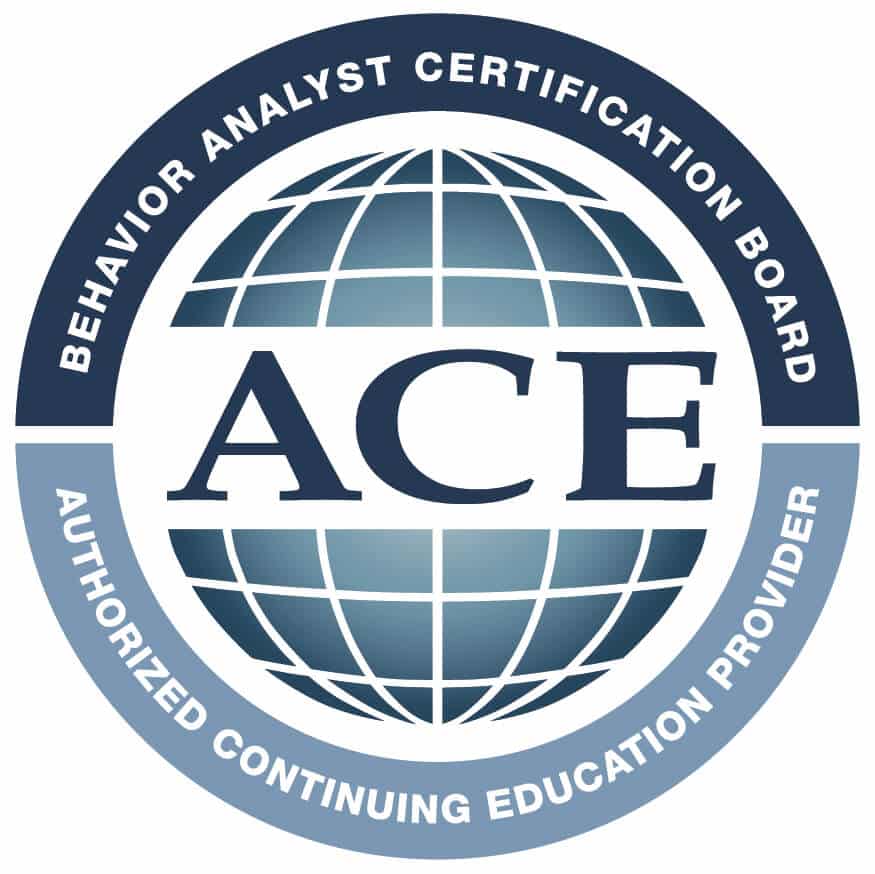As a parent of a child with autism, you understand the importance of careful planning and preparation when it comes to your child’s education. The transition to a new school or grade can be particularly challenging for children on the autism spectrum. However, with the right strategies in place, you can help ease your child’s anxiety and set them up for a successful school experience. In this comprehensive guide, we will explore a variety of techniques and tips to help you prepare your child with autism for school and learning.
Understanding Autism Spectrum Disorder (ASD)
Autism Spectrum Disorder is a complex developmental disorder that affects a child’s social interactions, communication skills, and behavior. It is important to note that every child with autism is unique, and their challenges and strengths may vary. Some children with autism may have difficulty with transitions, which can make the start of a new school year particularly stressful. By understanding your child’s specific needs and characteristics, you can tailor your approach to best support their transition into school.
Creating a Transition Plan
A transition plan is a valuable tool that can help your child adjust successfully to the new school environment. Collaborate with your child’s early intervention service, preschool teacher, and primary school staff to develop a comprehensive transition plan. This plan may include:
- Creating a profile of your child, highlighting their strengths, interests, and any relevant medical or therapy reports.
- Extended orientation activities to help your child become familiar with the school.
- Preparing a photo album with pictures of the school, classroom, and teachers.
- Gradual exposure to the school environment through visits and orientation activities.
Starting the transition activities at the beginning of your child’s last year at preschool can provide ample time for them to acclimate to the changes ahead.
Implementing an Individual Learning Plan
An Individual Learning Plan (ILP) is a practical and proactive tool to guide your child’s educational journey. This personalized plan is developed in collaboration with your child’s support group, including teachers, therapists, and you as parents. The ILP considers your child’s unique skills, and learning requirements, and sets achievable goals.
Developing an Effective Individual Learning Plan
The first step in creating an ILP is understanding your child’s strengths and areas of improvement. This approach allows the ILP to be tailored to their specific needs, incorporating strategies and resources to enhance their learning experience. The ILP addresses potential challenges your child may encounter like managing emotions or behaviors in school, preparing them to handle these situations effectively.
Open communication between parents and school authorities is pivotal in implementing the ILP successfully. Ensuring that staff understand your child’s ILP can make a significant difference in their learning journey. Additionally, involving a disability advocate or support person could further strengthen the support system around your child, promoting their educational success.
Familiarizing Your Child with the School Environment
Creating familiarity with the new school environment can help alleviate your child’s anxiety and make the transition smoother. Consider the following strategies:
- Take walks or drives past the school to incorporate it into your child’s daily routine.
- Arrange visits to the school, allowing your child to explore the classrooms, playground, and other areas.
- Gradually introduce school-related items, such as the school bag, lunch box, and uniform, to help your child become accustomed to them.
You can also create social stories or visual storybooks that explain what to expect at school, including how your child will get to school, who will pick them up and their daily routine. Additionally, a countdown calendar can help your child understand when the first day of school is approaching.
Practicing School Routines
Reinforcing school routines at home can greatly aid your child’s transition and help them adapt to new expectations. Consider these activities: practicing dressing in the school uniform, using a lunch box, walking the school route, creating a visual timetable, and accommodating sensory sensitivities for children with autism. These strategies support a successful transition to school and help children thrive.
Getting Organized at Home
Being organized at home can be instrumental in facilitating a smoother transition to school and reducing stress for both you and your child. This can be achieved by taking some proactive steps to structure your home environment in correlation with your child’s school routine.
Preparation and Organization Tips
- School Supplies: Make sure you have procured all the necessary school supplies well in advance. This may include uniforms, stationery, lunch boxes, and backpacks.
- Morning Routine: Establish a morning routine for school preparation. This can encompass everything from waking up, getting dressed, and brushing teeth, to packing lunch boxes and bags.
- Visual Schedules or Checklists: Use visual aids like schedules or checklists to help your child understand and follow the routine. These tools can assist in reinforcing structure and allowing your child to anticipate what comes next.
- Routine Review: Regularly review and adjust the routine as needed to ensure it works effectively. Remain flexible and adapt to your child’s evolving needs.
Early preparation and organization can help create a sense of stability and predictability for your child, making the transition to school less overwhelming.
Supporting Your Child in the First Few Weeks
The initial weeks of school can be tiring and confusing for any child, especially those on the autism spectrum. To support your child during this time, consider the following strategies:
- Allow your child some downtime after school to rest and recharge.
- Give your child extra time to process and respond to instructions or questions.
- Maintain open lines of communication with your child’s teacher or aide, using communication books, emails, or regular meetings.
- Request a buddy system or support person for your child to provide additional assistance and social support.
- Ensure your child has access to a safe and quiet space in case they feel overwhelmed.
By staying involved and proactive in your child’s education, you can address any challenges early on and provide the necessary support to help them succeed.
Why Choose Opal?
At Opal, our priority is to ‘see’ your child. We believe that every interaction should cater to your child’s individual needs. We aim to transform what might seem like an overwhelming period in your parenting journey into a time of relief and joyful milestones. We owe our unique approach to our years of experience working with and for families. Our highly professional and passionate team is deeply invested in the health and well-being of the entire family unit. We celebrate both small and large transformations your child will experience. Our philosophy is to treat parents as partners, ensuring full transparency and input at every step of the journey.
Opal Prep: Preparing Little Learners to Soar
One of Opal’s unique offerings is our pre-school readiness program, Opal Prep. Our centers are designed to offer your child a hands-on experience to develop social skills with others through playful and interactive learning, circle time, arts, and story time activities. Our goal is to individualize our approach for each child in a real school environment, enabling them to graduate on their next journey with confidence and joy. You can learn more about our offerings here.
Conclusion
Preparing your child with autism for school and learning requires careful planning, open communication, and a supportive environment. By creating transition plans, developing individual learning plans, and familiarizing your child with the school environment, you can help ease their anxiety and set them up for success. Practice school routines, stay organized at home, and provide ongoing support during the first few weeks of school. Remember, every child with autism is unique, so be prepared to adapt these strategies to meet your child’s specific needs. If you have any questions or need further assistance, please don’t hesitate to contact us. With your guidance and support, your child can navigate the school environment with confidence and thrive in their educational journey.







